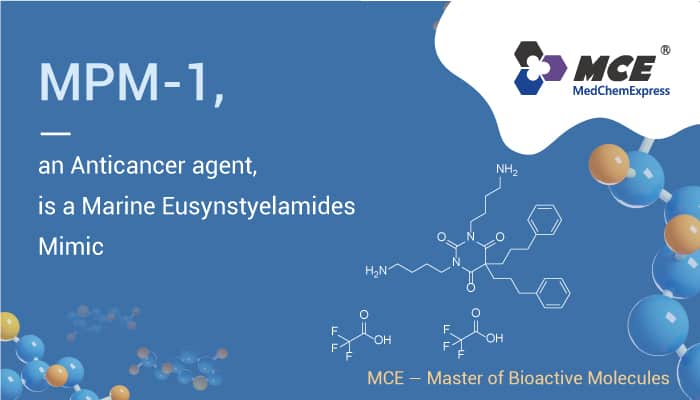Autophagy is the natural and conservative degradation of cells. Specifically, it can remove unnecessary or dysfunctional components through lysosomal-dependent regulation mechanisms. Besides, it allows the orderly degradation and recycling of cellular components. It eliminates molecular and subcellular elements through lysosomal-mediated degradation. This includes nucleic acids, proteins, lipids, and organelles to promote homeostasis, differentiation, development, and survival. There are four forms of autophagy: macroautophagy, microautophagy, chaperone-mediated autophagy (CMA), and coprophagy. Moreover, among many molecular changes related to aging, autophagy has become a feature of aging in different species. Autophagy is a highly selective cell clearance pathway, which is related to maintaining cell and tissue homeostasis.
Furthermore, one of the important mechanisms of autophagy is the intracellular degradation pathway mediated by double-membrane vesicles called autophagy. Meanwhile, the regulation of autophagy plays a dual role in tumor inhibition and the promotion of many cancers. The decrease in autophagy is related to the infiltration of regulatory T cells. Nonetheless, regulatory T cells inhibit the immune system and reduce effective immune surveillance, thereby increasing the occurrence of tumors. Autophagy-dependent markers include BRAF change, KRAS mutation, and EGFRvIII mutation. Autophagy interacts with apoptosis to define the apoptosis threshold of tumor cells. Here, we will introduce a marine Eusynstyelamides mimic with potent anticancer activity, MPM-1.
MPM-1, an Anticancer agent, is a Marine Eusynstyelamides Mimic.

Firstly, MPM-1 can rapidly kill cancer cells in vitro by inducing a necrosis-like death. Importantly, MPM-1 has the ability to induce immunogenic cell death. Particularly, MPM-1 causes perturbation of autophagy and lysosomal swelling in cancer cells.
Secondly, MPM-1 with 0-50 μM for 4 h has cytotoxicity against various human cancer cell lines. Obviously, MPM-1 causes perturbation of autophagy and lysosomal swelling. MPM-1 induces the release and exposure of damage-associated molecular patterns (DAMPs) related to immunogenic cell death. However, MPM-1 Exhibited potent cytotoxicity against Jurkat, Ramos, HSC-3, MCF-7, and A375 with IC50s of 6.62 μM, 7.53 μM, 8.53 μM, 14.06 μM, 14.52 μM, respectively.
Finally, MPM-1, a marine Eusynstyelamides mimic, is a potent anticancer agent.
References:
Susannah von Hofsten, et al. Sci Rep. 2022 Sep 16;12(1):15586.